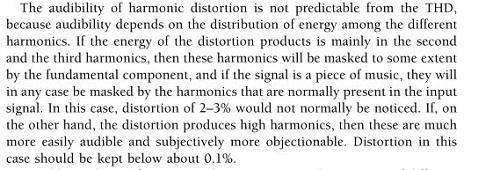goodyfresh
Headphoneus Supremus
- Joined
- Jul 29, 2015
- Posts
- 2,340
- Likes
- 550
So, I am fairly new to the audiophile world, and am enthusiastic to learn as much as I can about how to get the most bang for my buck out of my equipment. I currently listen from my laptop using my Fiio X3 2nd Gen DAP as a USB DAC to drive my V-Moda M-80 headphones. Sounds great, to be honest. Im' wondering about some settings available in Windows as well as the TUSB ASIO control-panel. In Windows, for the output to the DAC, I can set the bit-rate and sample-rate to various settings. . .16-bit/44.1 all the way up to 24/192, of course. One guy in another thread told me I should ALWAYS have it set to 24/192 "for the best sound." That sounds like hokey to me. . .IS it hokey? If not, or if it is, what SHOULD I set the sample-rate and bit-rate to for the output? Should I perhaps VARY it depending on the file being played, so as to match it to the original sample and bit-rates of the FLAC files I am playing? or will it make no difference whatsoever?
Okay, so now my second question is about the "Buffer" settings in the ASIO control panel for the USB audio. The same guy who told me the thing about sample-rates above, told me that I should change the USB Streaming settings from the default, "extra safe," all the way to its polar opposite, "minimum latency." What does "safe" mean in this context? Does better latency come at the cost of some kind of risk to the components??? What SHOULD I set it to, and why? And, should I set the ASIO buffer size to teh highest possible, 8192 samples, or the lowest, 64 samples? Or should I set it somewhere in-between?
Okay, so now my second question is about the "Buffer" settings in the ASIO control panel for the USB audio. The same guy who told me the thing about sample-rates above, told me that I should change the USB Streaming settings from the default, "extra safe," all the way to its polar opposite, "minimum latency." What does "safe" mean in this context? Does better latency come at the cost of some kind of risk to the components??? What SHOULD I set it to, and why? And, should I set the ASIO buffer size to teh highest possible, 8192 samples, or the lowest, 64 samples? Or should I set it somewhere in-between?





 I'm trying it now and yeah it can handle the lowest latency settings with the largest buffer as smoothly as the exact opposite settings, so. . .
I'm trying it now and yeah it can handle the lowest latency settings with the largest buffer as smoothly as the exact opposite settings, so. . .